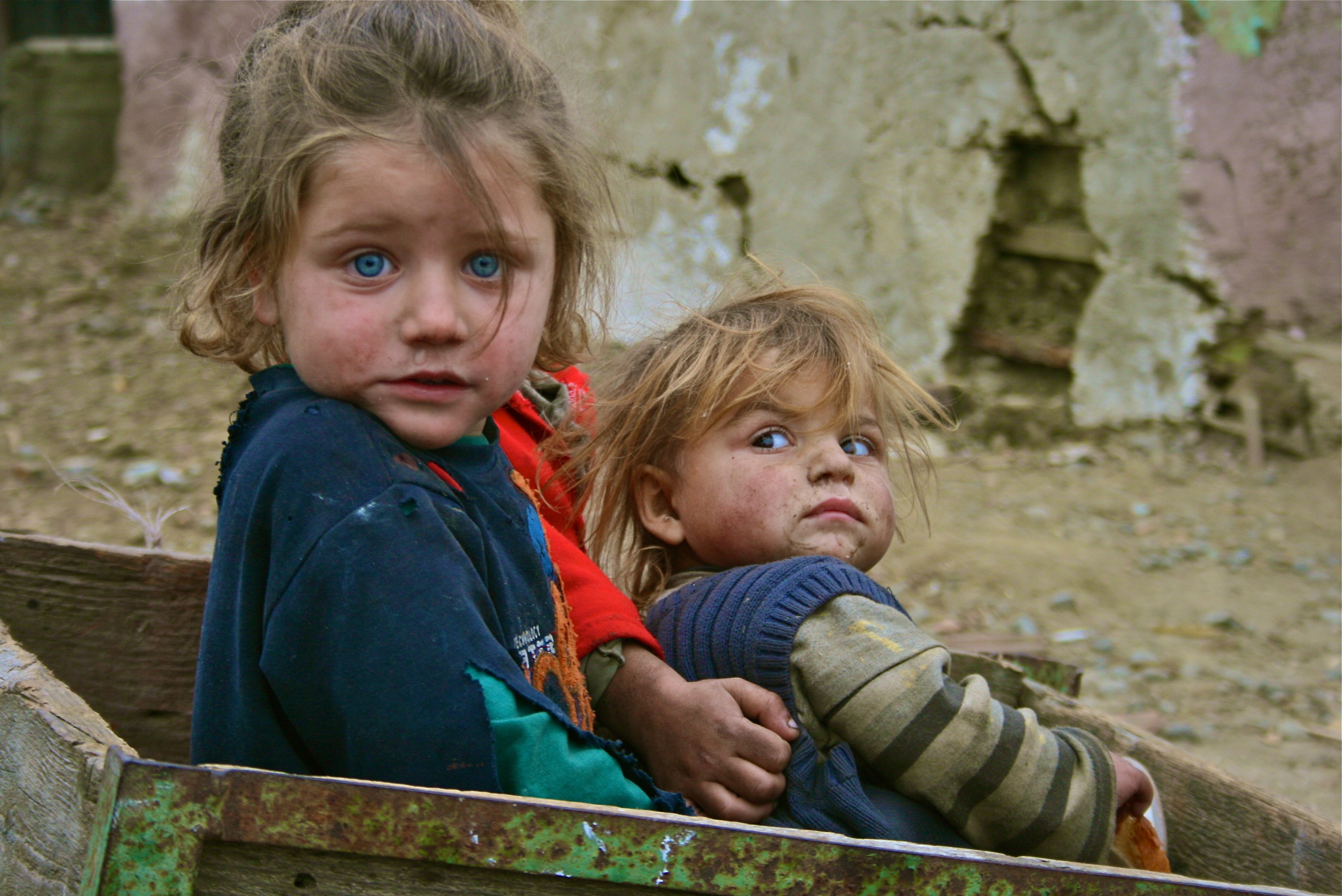
Much-needed conversations about race have been brought back to the forefront lately. As a white European, my job is not to speak over the leaders of the movement but to let myself be educated by them – even an ocean away. But one thing my position has allowed me to notice is the ethnocentrism that permeates most of these discussions. As a “third culture kid”, it’s very interesting to me how race is a culturally bound, socially constructed concept – and so, how it has different meanings back home in Italy as opposed to abroad.
What differentiates racism and discrimination is that the first is institutionalised (incorporated in a structured societal system through laws, practices, and customs), while the latter, not necessarily so. This means that the concept of race is bound to the societal system it exists in. What is ‘racist’ in a society depends on its history of oppression of specific ethnicities, on its population demographic, and other factors. Racial privilege works differently across the world; consequently, so does the perception of race itself.
I’m Italian and French; I can only speak on how race is perceived in my continent as opposed to in America, where most conversations on the topic are currently taking place. The biggest difference I’ve noticed is in regard to who is considered ‘white’. In Western Europe, there is a widespread ethnic stigma against Eastern Europeans – Romanians, Albanians, and Bulgarians, for example. Immigrants from any of these countries aren’t viewed the same shade of ‘white’ as an Italian citizen. This is mostly due to decades of economic disparity between the East and West of the continent, causing an influx of impoverished Eastern immigrants into Western countries. These include Roma an ethnic group originally from the Punjab region in India having began their migration toward Europe in the 12th century. Romani people have been historically persecuted – in fact, they were one of the groups targeted during the Holocaust. Due to stereotypes and negative associations, Eastern Europeans are institutionally discriminated against regardless of whether they have a darker skin tone.
However, anyone of European origin – including Eastern Europeans with slightly tan skin – would be considered equally ‘white’ in America. This is because the continent has no history of East-to-West European migration or gypsy tribe movement. I have white-passing Romanian friends; in the United States they would be racially privileged, due to a lack of institutionalised discrimination against their nationality. But here in Italy they are considered part of an ethnic minority.
Other differences I’ve noticed between race as an American vs. European concept are a direct consequence of the Holocaust. In America Jews seem to be considered more of a religious than ethnic group. Despite an awareness of longstanding antisemitism worldwide, they are generally in a position of racial privilege. They aren’t seen as having a separate ethnic or racial identity. This is because America is geographically removed from the sites of historical antisemitism. But the ghost of the Holocaust and the centuries of discrimination preceding it still haunt Europe. There is a heightened understanding of Jews as members of a separate ethnicity – maybe to acknowledge the suffering of their ancestors, maybe because that’s the way they’ve always been perceived here. Jews aren’t necessarily considered ‘non-white’ in Europe; the difference is they are viewed as ethnically Jewish first, and sometimes racially white second.
Of course, the issue goes both ways. There are also racial groups in America that would be seen as completely ‘white’ in Europe. The most obvious example is that of light-skinned Latinxs. In the U.S., migration patterns and language barriers have caused society to view Latinxs as a different race. However, Europe is already linguistically diverse in itself. Being geographically removed, it is also less affected by stereotypes linking Latinxs to drug cartels, gang rape, and whatever else Trump would have you believe. There is no institutionalised racism against those of South or Central American origin in Europe; this means, for the most part, they are not viewed as a different race – only a different nationality. They are largely regarded in the same way a Spanish person would be.
So, what does this all mean? Firstly it reminds us that race is a social construct, more defined by a country’s past and ethnic demographic than by skin color. The concept of race is subject to the forces of history – it is never set in stone. Of course, this doesn’t make the institutionalised discrimination against people of color in America any less valid – or more acceptable. It doesn’t make cultural appropriation okay, and it doesn’t mean ridiculous concepts like being “trans-racial” are a thing. But it is important to bring necessary discussions about race forward by being aware of the intricacies of the concept. An American-centric approach to race is obviously the most relevant in America, but it’s also good to be aware the same doesn’t always apply worldwide.


Comments are closed.